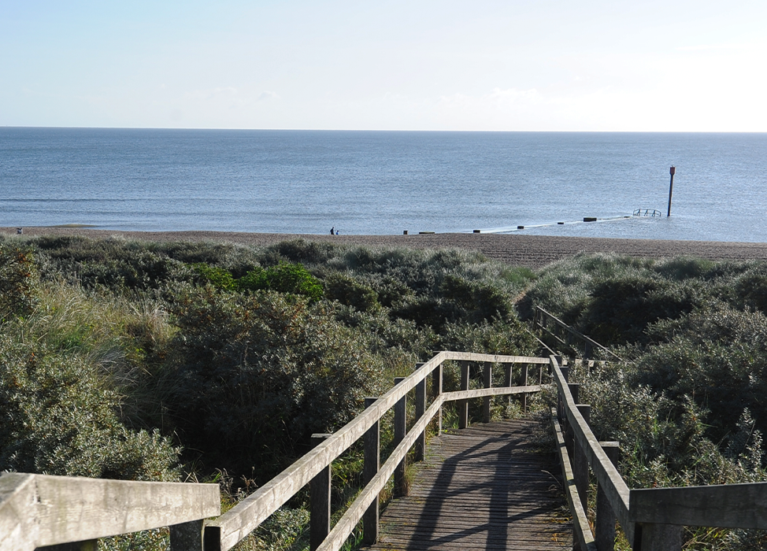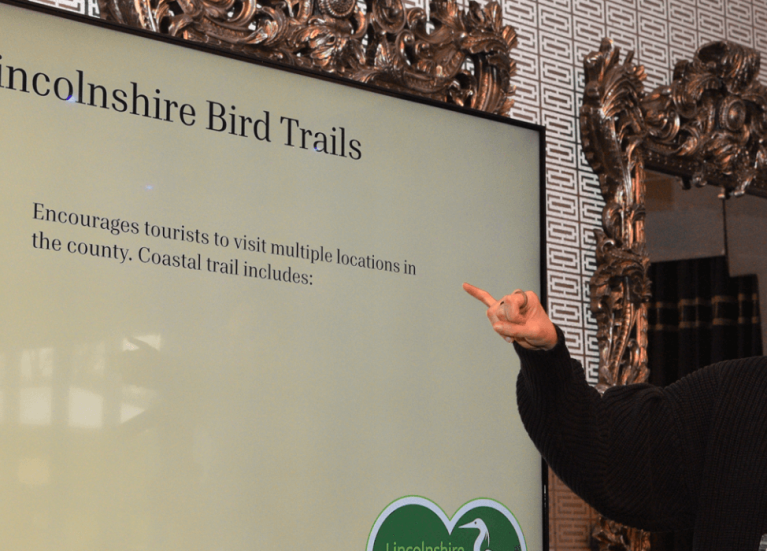A new display in Lincoln Castle’s Magna Carta vault brings together the remaining artefacts from one of the county’s most infamous murderers.
The murder of a young woman
On the morning of 4 November 1805, two men found the body of a heavily pregnant young woman in a lane near Drinsey Nook, outside Lincoln.
The woman is Mary Kirkham, and her injuries were brutal: a fractured skull, a broken lower jaw, and stab wounds to the neck. A large club or fence post was the likely murder weapon.
Mary had been in her early twenties, from North Hykeham, and just the day before she had married a man called Thomas Otter.
Tom was the father of Mary’s unborn child, and the wedding had been a ‘knobstick marriage’ (similar to a ‘shotgun wedding’), to prevent the unmarried mother and her child becoming a burden on the parish. Unbeknownst to Mary, Tom Otter already had a wife and child living near Southwell in Nottinghamshire, so the marriage was bigamous.
After identifying Mary’s body, constables rushed to find Tom Otter. When they found him, he didn’t resist arrest, claiming he was ‘as innocent as the child unborn’. But, on the back of his jacket – the same he had worn at his wedding the day before – were specks of blood.
Tom Otter was held at the Gaol at Lincoln Castle until his trial in March 1806.
He continued to protest his innocence, but several eye-witnesses came forward to testify they had seen both Tom and Mary together on the road to Saxilby. And, when he had changed his clothes for a prison uniform, the blood specks on his jacket were noted again, despite his attempts to scratch them out.
Otter was found guilty of the murder of his wife, Mary Kirkham, and sentenced to death.
A posthumous parade
With so many crimes attracting the death penalty in the mid-eighteenth century, attempts were made to distinguish murderers – the most heinous criminals of all. The 1752 Murder Act stated that the bodies of murderers could not be buried without being first dissected or ‘hung in chains’: placed in an iron cage or frame (a ‘gibbet’) and suspended from a wooden post or tree.
This was meant to punish murderers after their death and act as a deterrent for the living.
The judge decided that Otter’s body should be gibbetted, and he arranged for Tom to be measured and a gibbet cage to be made.
Tom broke down at the gallows before his execution and made a full confession to the murder.
Six days after his death, the body was stitched inside a canvas bag and placed in the gibbet. The cage and a 30ft oak post were taken to the lane near Drinsey Nook and erected 100 yards from where Mary’s body had been found.
Gibbetting was rare and Otter’s body attracted thousands of onlookers, with crowds descending on the lane for weeks.
Tom Otter’s gibbet remained in place until 1850 – 44 years after this execution – when severe storms finally brought the post down. He was the last person to be gibbetted in Lincolnshire, and the lane where his body was displayed now bears his name.
Mary Kirkham and her unborn child were buried in the churchyard of St Botolph’s in Saxilby. Their resting place is not marked.
Discover the Tom Otter story at Lincoln Castle
Friday 3 November 2023 marks 218 years to the day that Mary was murdered by her new husband.
Fragments of the gibbet that held Tom’s body remain to this day and have been brought together for the first time in over 170 years as part of a new display at Lincoln Castle.
The head piece and part of the leg piece are kindly on loan from Doddington Hall and Gardens. A further part – later made into a new pair of nutcrackers – has come from the collection at the Museum of Lincolnshire Life.
See the Tom Otter display until February 2024 in the Magna Carta vault at Lincoln Castle.
Plan your visit now at www.lincolncastle.com.





